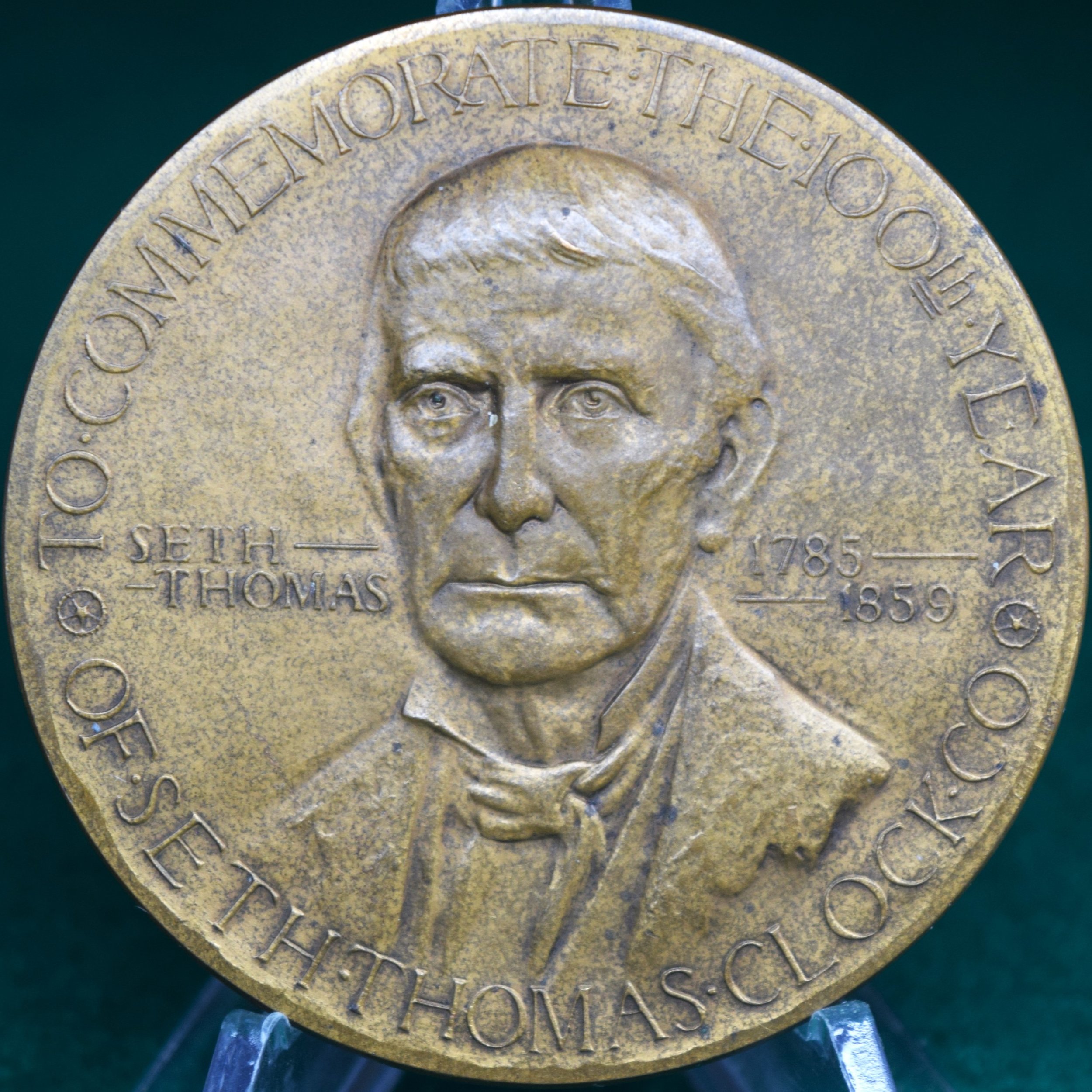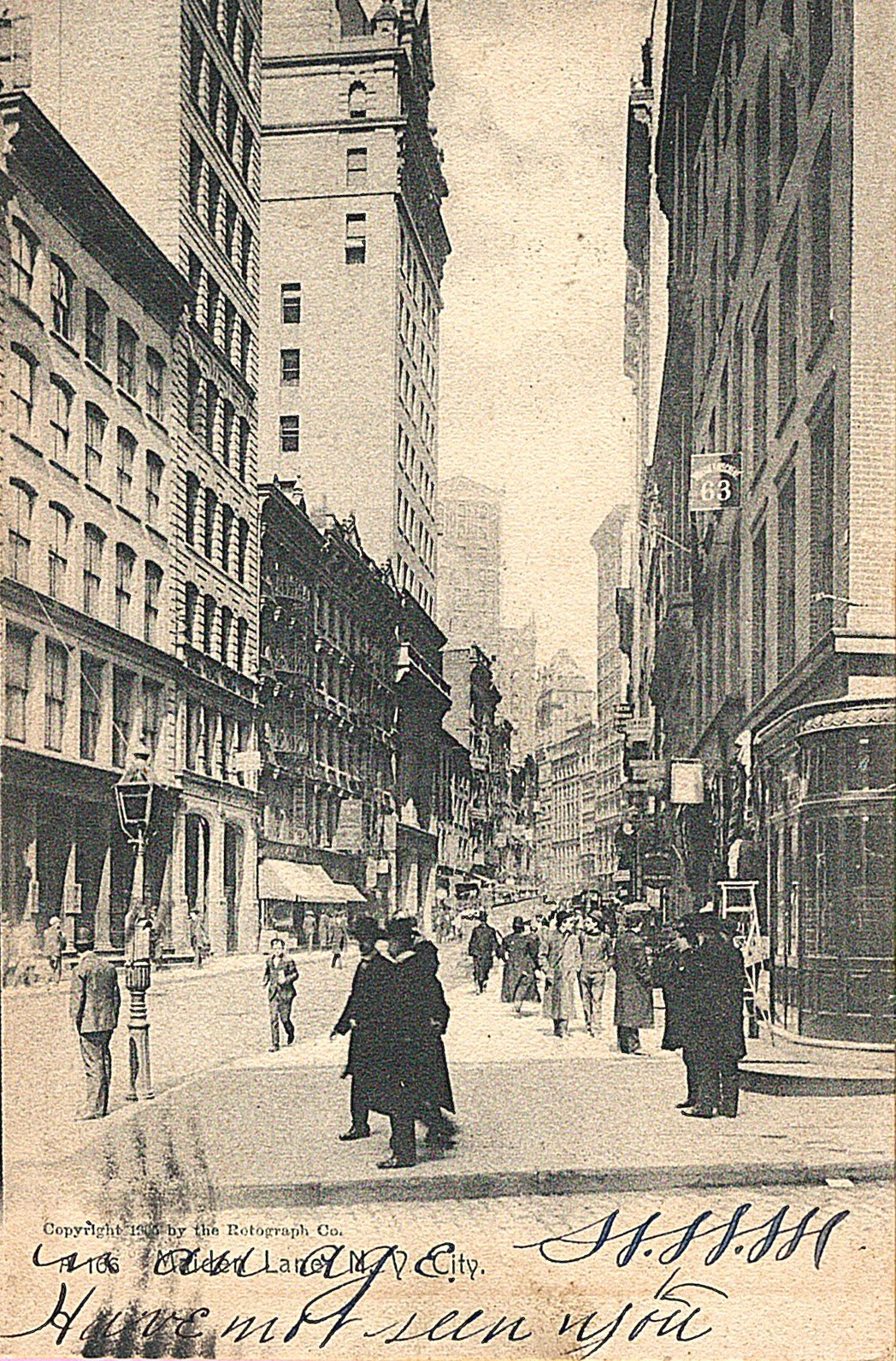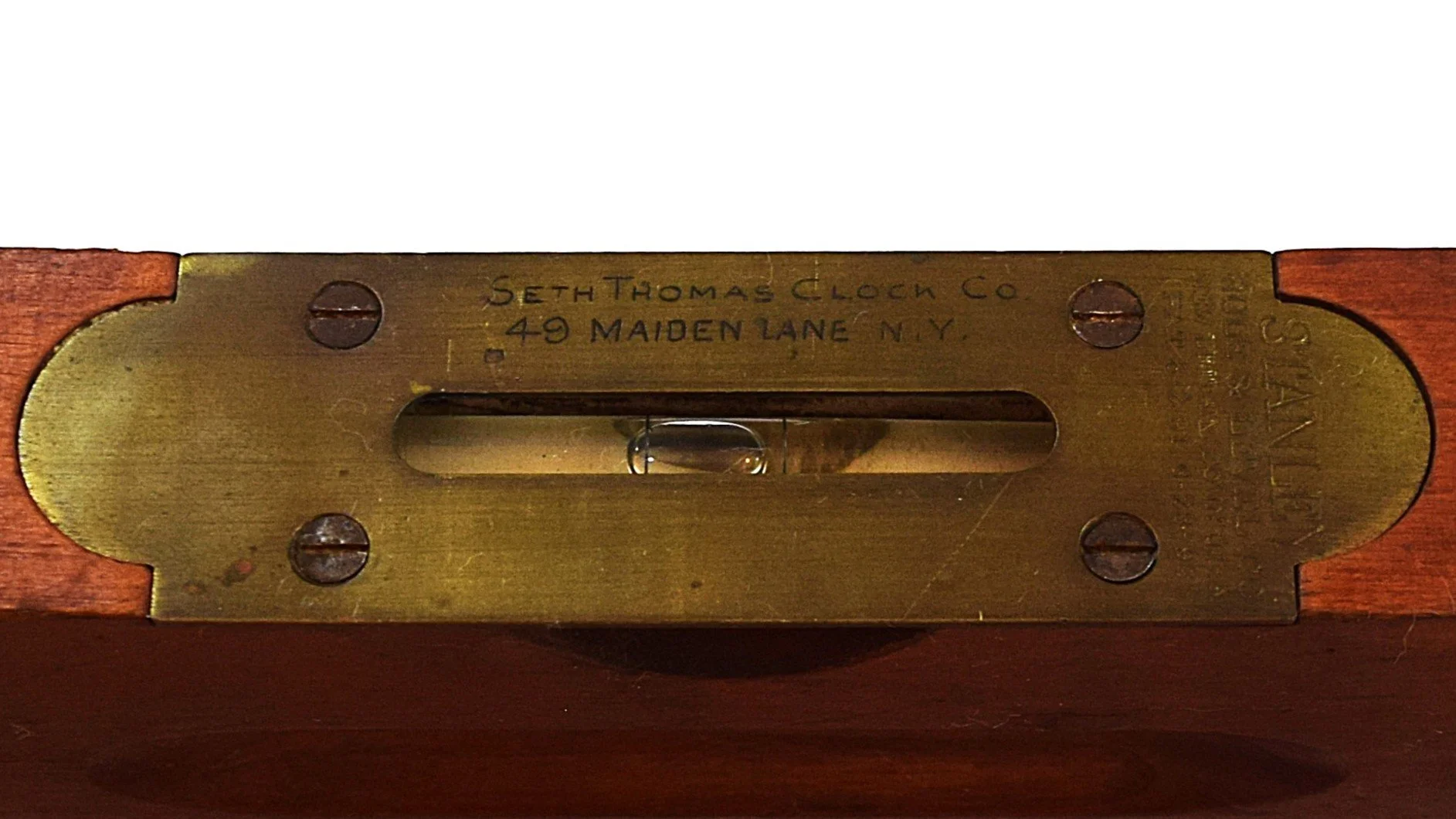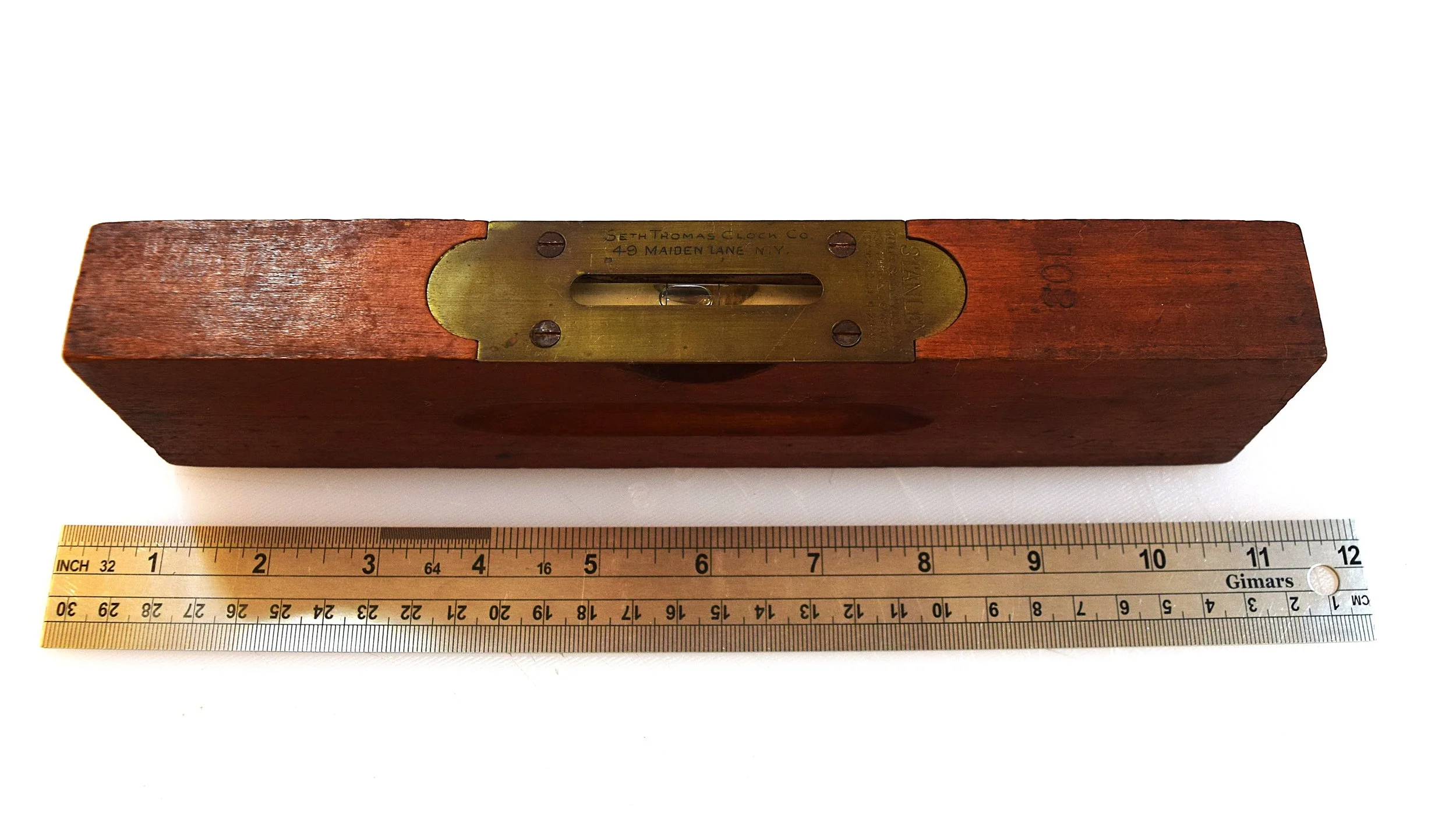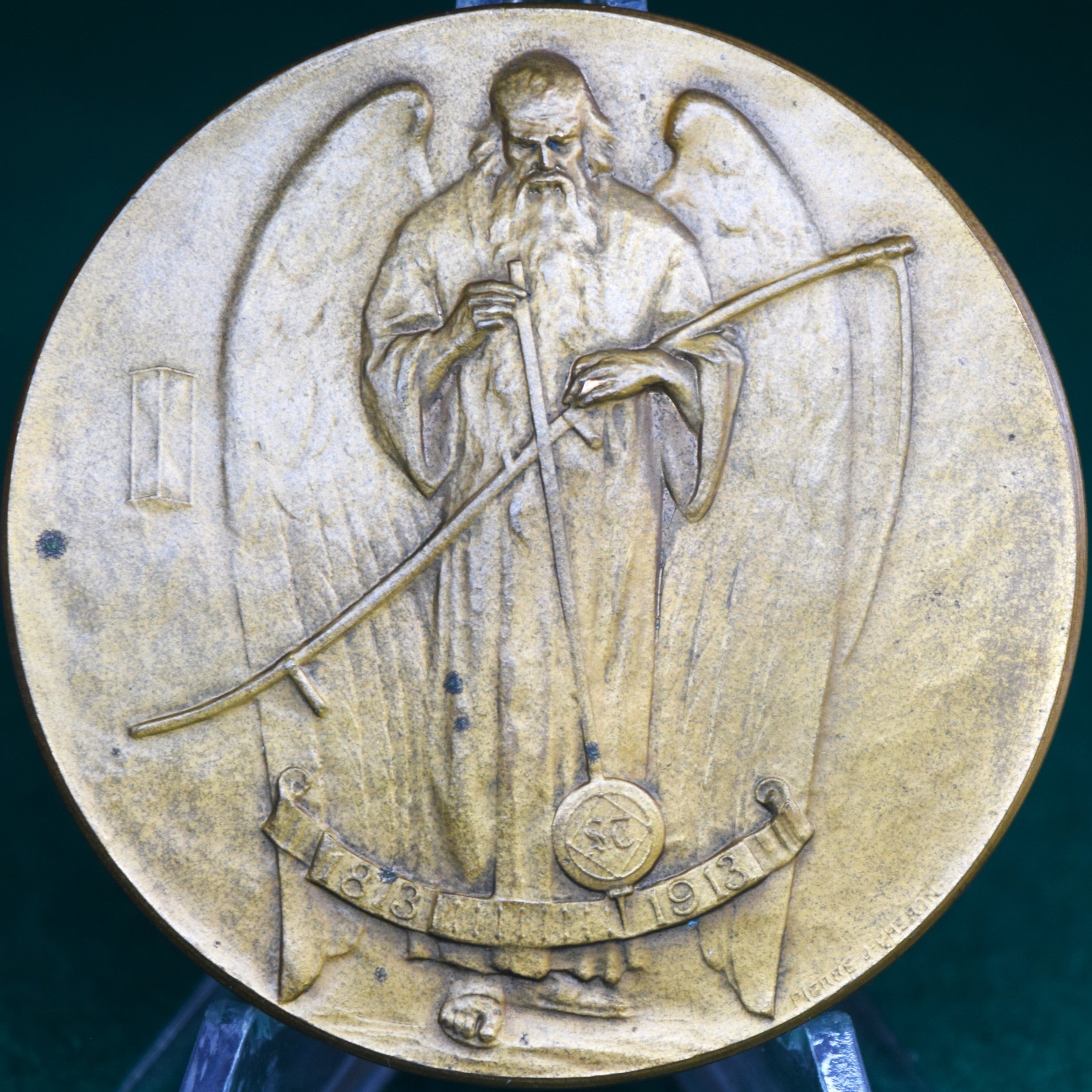Historical Overview of the Seth Thomas Clock Company
The Declaration of Independence was signed by members of Congress in Philadelphia Pennsylvania on July 4th 1776. King George of England ultimately recognized the independence of the American colonies in December of 1782 after a long and costly war. George Washington served as President of the United States from 1789 until 1797, the same approximate time span as the French Revolution. The period from 1760-1840 is recognized as the Industrial Revolution. John Adams was the President of the United States from 1797 until 1801, followed by Thomas Jefferson serving from 1801 until 1809, and James Madison from 1809 until 1817.
Seth Thomas was born in Wolcott Connecticut in 1785, when the world was one quarter of the way through the Industrial Revolution. From his vocational origins of training as a carpenter Seth Thomas moved on in 1806 to work with the renowned inventor and clockmaker Eli Terry in Plymouth Connecticut. Seth Thomas eventually entered into partnership with a colleague, Silas Hoadley, to purchase Eli Terry’s clock business in 1810; but then sold his share in this business partnership to Hoadley in 1812. In 1813 twenty-eight-year-old Seth Thomas opened an independent business in the Plymouth Hollow area of Plymouth Connecticut manufacturing clocks with wooden gears and movements, which were still the industry standard until the mid-1800’s. This new 1813 business was the Seth Thomas Clock Company. The United States of America was at war again (the War of 1812) with the United Kingdom and the British had established naval blockade (1812-1814) to halt U.S. trade with European nations.
Seth Thomas was not an inventor; but he had skill in recognizing and purchasing successful technology from others. He successfully steered his Seth Thomas Clock Company on a course that was extremely profitable and stable manufacturing wooden-movement weight-driven Pillar & Scroll Mantel Clocks. Around 1840 when the demand for clocks with wooden gears dropped due to the growing popularity of clocks with brass gears Seth Thomas sent his nephew, who was also his movement foreman, to Chauncey Jerome’s clock factory in Bristol Connecticut to explore and purchase the technology necessary to make the switch from manufacturing wooden clock movements to manufacturing brass clock movements. In 1842 Seth Thomas started selling his early Ogee Mantel Clocks with the new brass movements, and by 1844 he completely stopped selling clocks with the old wooden movements; although the company continued to service and repair the clocks with wooden movements that they had already sold.
Later in life, as he came to terms with the aging process, Seth Thomas made the decision to incorporate the Seth Thomas Clock Company and to serve as its president in 1853 to ensure the continuity of the health of the business if his own physical health was to fail. In the year before the start of the American Civil War, 1859, Seth Thomas passed the presidency of the company to his son, Aaron, days before his own death at the age of seventy-three. Because Seth Thomas had the insight to diversify his business, he was able to provide stable employment to many residents of Plymouth Hollow. When there was a slump in demand for products; he had been able to transfer employees to his cotton factory, to his brass foundry, or to agricultural work, all located right in Plymouth Hollow. Under the management of Aaron Thomas, the Seth Thomas Clock Company took a less conservative business approach and expanded its product line over the next decade tripling the number of clocks manufactured and the amount profits earned. They started manufacturing the very accurate weight-driven Regulator Clocks, and spring-driven Calendar Clocks in the early 1860’s and by 1870 two-hundred men and three-hundred women were employed by the Seth Thomas Clock Company. In the 1870’s the Seth Thomas Clock Company began manufacturing large Tower Clocks and Street Clocks. The community was so appreciative of the impact that Seth Thomas had on their well-being and prosperity that in 1875, ten years after the end of the American Civil War, the community of the Plymouth Hollow area officially incorporated as a separate town, by the new name of Thomaston Connecticut.
Early in the 1880’s discussion was taking place at the Seth Thomas Clock factory about the possibility of also manufacturing Seth Thomas Pocket Watches. Before long a large addition was attached to the clock factory to make room for newly acquired machinery, production was started under the leadership of the first Seth Thomas Master Watchmaker Herman Reinicke, and by 1885 Seth Thomas Model 1 Pocket Watches were being sold. Between 1885 and 1915, when Seth Thomas produced their twenty-four models of pocket watches, their product line included large 18-size movements, stem-wound models in open-face and hunting orientation with gilt, nickel, and two-tone 3/4 plate and full-plate movements. In 1886 the second Seth Thomas Master Watchmaker, Charles L. Higginbotham [*1] led production of the 18-size hunting Model 2, which presented with a divided 3/4 plate and utilized the Higginbotham hairspring stud in the higher-grade Model 2 movements. Seth Thomas also produced an 18-size key-wound movement that was adaptable to open-face or hunting orientation because there was no winding stem. Seth Thomas also produced 18-size pocket watch movements that were cased in a bronze block, covered in leather, and marketed as travel timepieces. They had no chimes or alarm; but they did utilize heavy Railroad dials and hands and were able to be read from across a room. Seth Thomas also produced a variety of 6-size pocket watch movements in hunting orientation with gilt, nickel, and two-tone finish. The first 6-size movement utilized a divided 3/4 plate; while subsequent 6-size models utilized a standard 3/4 plate.
In 1913, one hundred years after the founding of the Seth Thomas Clock Company, the Centennial grade pocket watches were introduced in 16-size, 12-size, and 6-size. All were open-face orientation, pendant set, and came fully cased from the factory. The 6-size model was advertised as 4-size; but was in actuality a 6-size movement with a snug dial and snug case, mimicking a 4-size movement, much as the 12X6-size movements were sold as slim 12-size watches. Before they were finished with pocket watches Seth Thomas also manufactured a second true 12-size bridge plate model, and a 0-size hunting pocket watch with a divided 3/4 plate.
In honor of their one-hundredth year in business the Seth Thomas Clock Company commissioned the creation of Seth Thomas Centennial Medals to commemorate the milestone. The medals were designed by Seth Thomas jr., the great-grandson of the founder of the Seth Thomas Clock Company. The Centennial Medals were two and one half inches (2 1/2”) in diameter, struck in bronze with a gold finish. The obverse displays a portrait of Seth Thomas, in relief. Around the edge it reads “To Commemorate The 100th Year of Seth Thomas Clock Co”. At the sides of the portrait “ Seth Thomas” and “1785-1859” is inscribed. On the reverse there is a figure representing Father Time holding a pendulum in his right hand swinging over a scale marked 1813 - 1913. The pendulum ball bears the Seth Thomas trade mark. In Father Time’s left hand is a scythe. To his right is an hourglass.
To illustrate the spatial and temporal dimensions in which Seth Thomas mechanical pocket watches were manufactured, sold, and used Seth Thomas Fan Space (seththomasfan.com) utilizes period postcards, photographs, sketches and business documents throughout the website. It is important to remind ourselves that the Gilded Age was not the safe, clean, technological age with modern transportation and communication facilities that we are accustomed to in our lives.
While all of the manufacturing of Seth Thomas pocket watch movements exclusively took place at the factory buildings in Thomaston, Connecticut; Seth Thomas Offices, initially at 242 Elm Street in Thomaston, were also opened in New York City, Chicago, and San Francisco in the 1860’s.
Seth Thomas opened an office and retail outlet in New York City at 20 Murray Street (half-way between Broadway and Church Street) as shown in their 1884 & 1885 Illustrated Catalogue. Company stationary showed the address as 49 Maiden Lane starting in 1883 and as late as 1901. The most recent patent date on the carpenter’s level below is June 23, 1896; so we know that the object was in the Seth Thomas Clock Company office at 49 Maiden Lane after that date. The address was listed as 51 Maiden Lane in the 1904 and 1905 Illustrated Price Lists. The 1908, 1909 and 1913 Illustrated Price Lists as well as the 1909-1910 Catalogue show the address to be 15 Maiden Lane. Other Seth Thomas correspondence shows the 15 Maiden Lane address in 1914. The postcard above shows the area around 63 Maiden Lane as it looked in 1906. The Seth Thomas office was located at either 51 Maiden Lane or 15 Maiden Lane at that time.
In Chicago an office and retail outlet was located at 161 State Street in the 1880’s; and in the 20th Century at 70 Wabash Avenue as seen in the 1908 and 1909 Illustrated Price Lists as well as the 1909-1910 Catalogue. The Chicago office and store location was listed as 215 W. Randolph Street in the 1913 Illustrated Price List.
In San Francisco the Seth Thomas office and retail outlet was opened at 132 Sutter Street in 1888 and closed in 1890.
In London England Seth Thomas opened an office and retail outlet in 1874. The office was located at 16 Worship Street throughout the 1880’s and then at 153 Farringdon Road. The address was listed as 6-8-10 Clerkenwell Road in the 1909-1910 Catalogue.
The sketch below, “The Foot of Maiden Lane in New York City”, is signed by the artist, Frederick Leo Hunter. It shows the south end of Maiden Lane, at South Street, as appeared to him in 1881, quite different from its modern-day appearance. I purchased this because it reminds us how different the world was in the “Gilded Age” when Seth Thomas was manufacturing the mechanical pocket watches that we collect.
In 1915 production and sales of Seth Thomas pocket watches ceased. The highest pocket watch serial number known to still exist is 4068501. That Model 12 private label Republic U.S.A. pocket watch (serial number 4068501) is part of the Seth Thomas Fan collection and can be seen on this website.
Throughout the first decades of the Twentieth Century the Seth Thomas Clock Company continued to expand the diversity of their mechanical clock product line, and in 1929 offered electric versions of some of their clocks.
In 1931 the Thomas family lost control of the business as it was purchased by the General Time Instruments Company. The Seth Thomas Clock Company continued on course until the wartime production requirements of World War II impacted their business decisions. Seth Thomas Clocks accompanied the United States military forces and civilian merchant ships providing supplies to our allies in Europe improving the coordination of operations through the use of the superior high-quality timepieces that Seth Thomas had long held a reputation for manufacturing.
The back-to-back hurricanes, Connie and Diane, in August of 1955 led to disastrous flooding in the State of Connecticut. Hurricane Connie dropped four to six inches of rain on Connecticut between August 11th and 12th. One week later Hurricane Dianne dropped an additional twenty inches of rain on the state. With the Seth Thomas Clock Company infrastructure located on both banks of the Naugatuck River, the factory and business offices were devastated by the storms and the severe flooding. Most business records were destroyed, and the factory was forced to reduce, and eventually stop, production. From that time on Seth Thomas imported its clock movements from Germany, ending its standing as a manufacturer of American Clocks.
